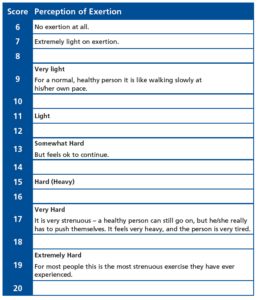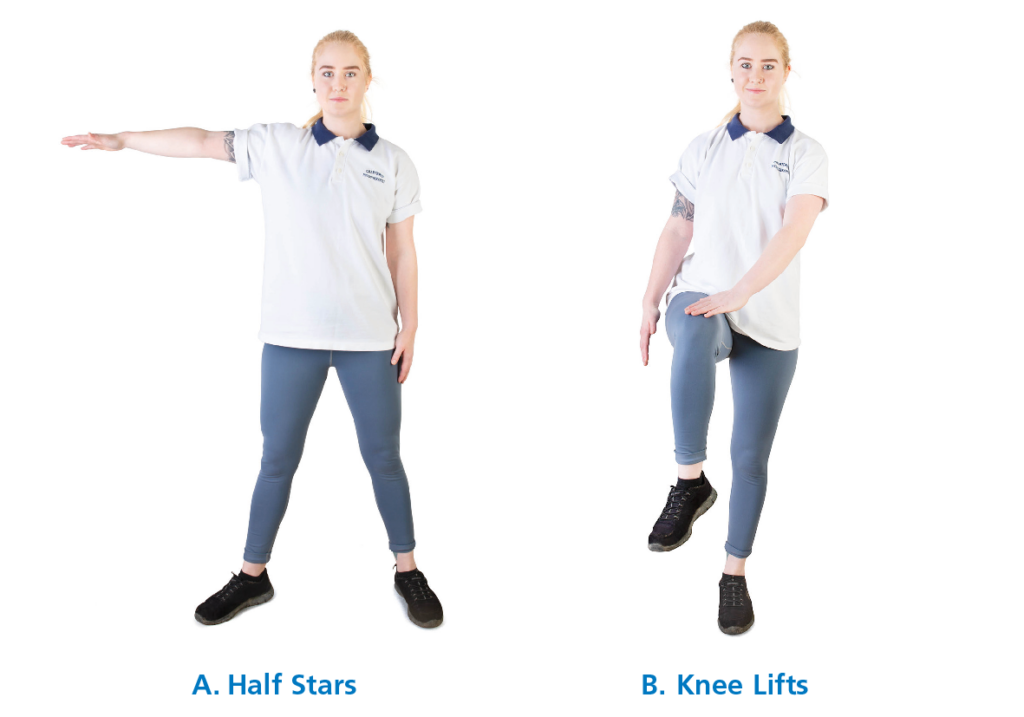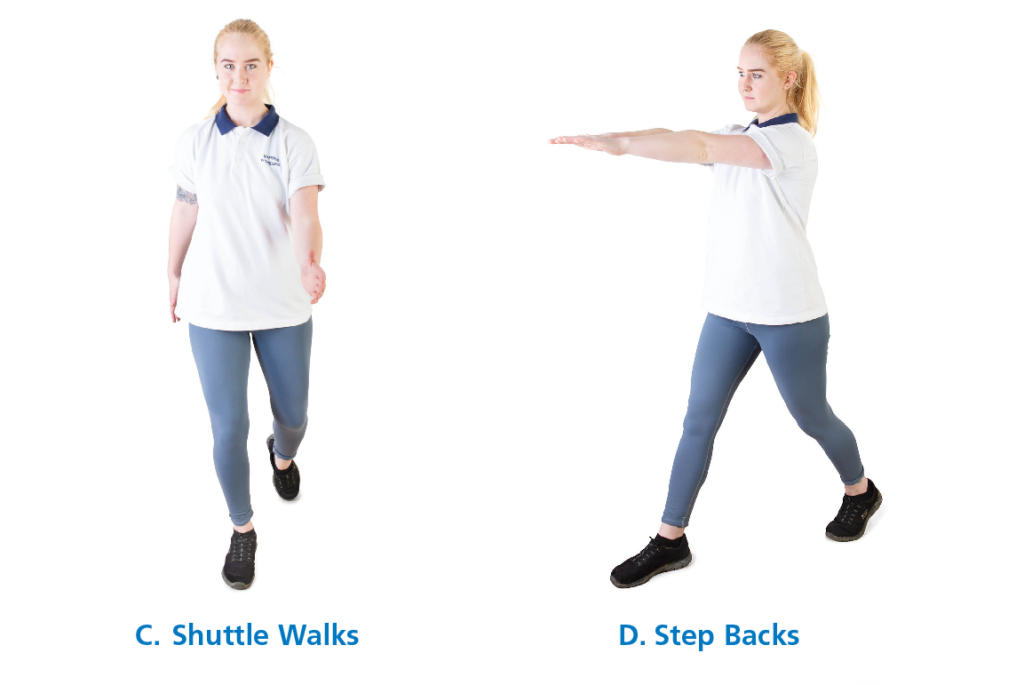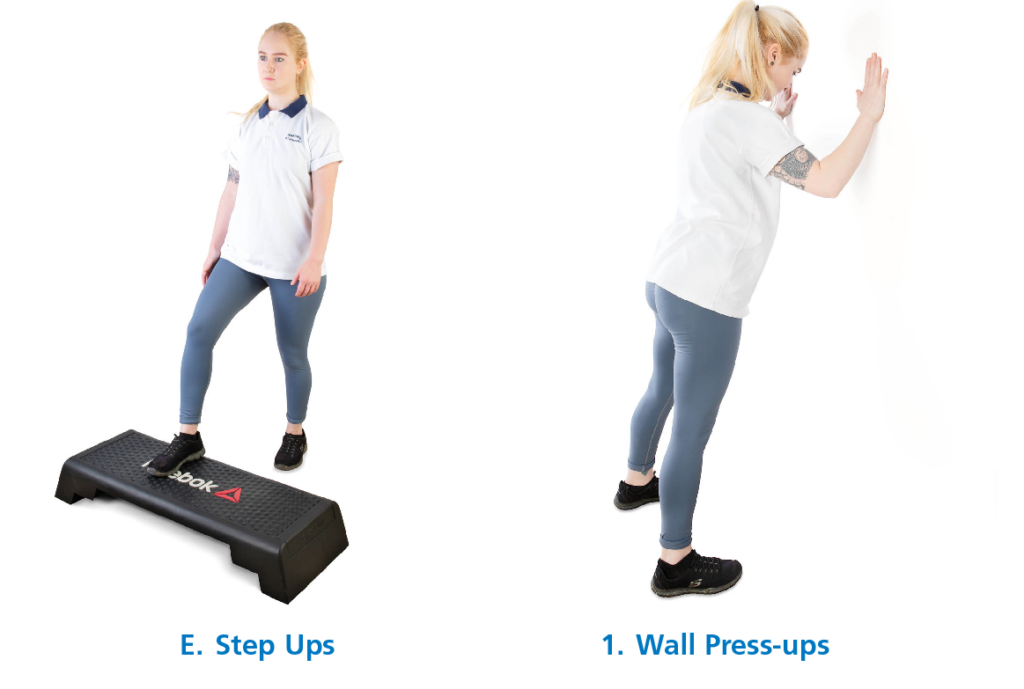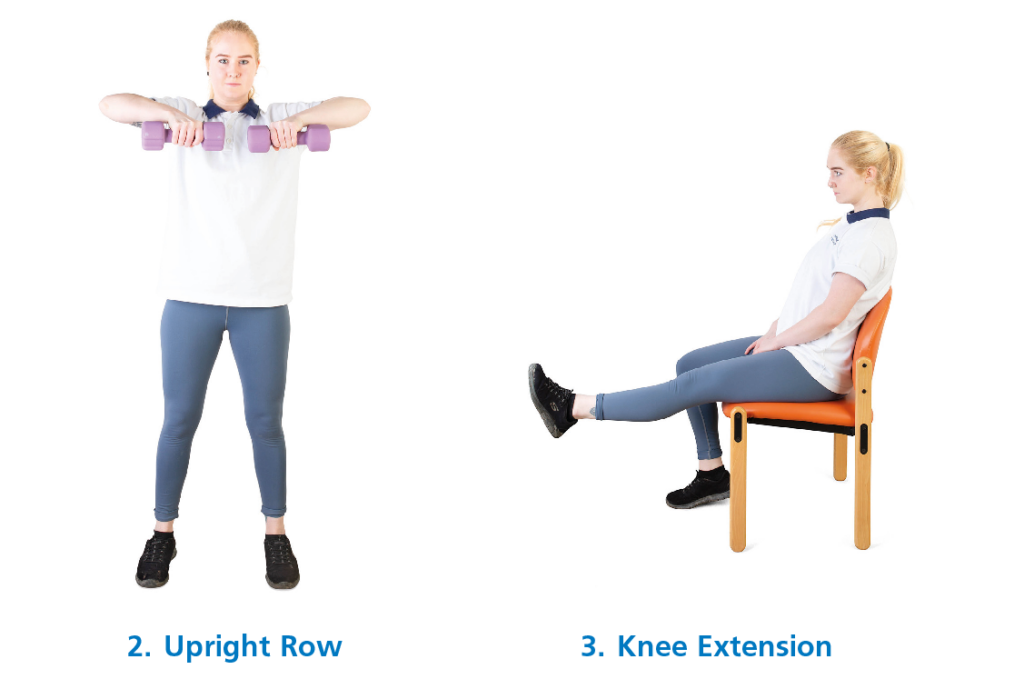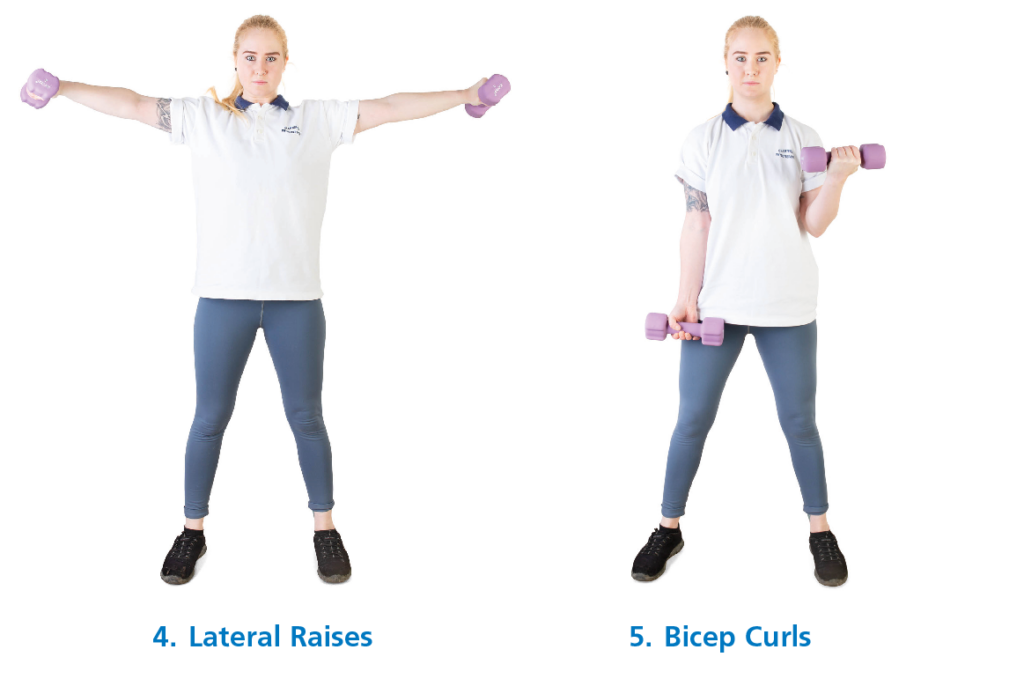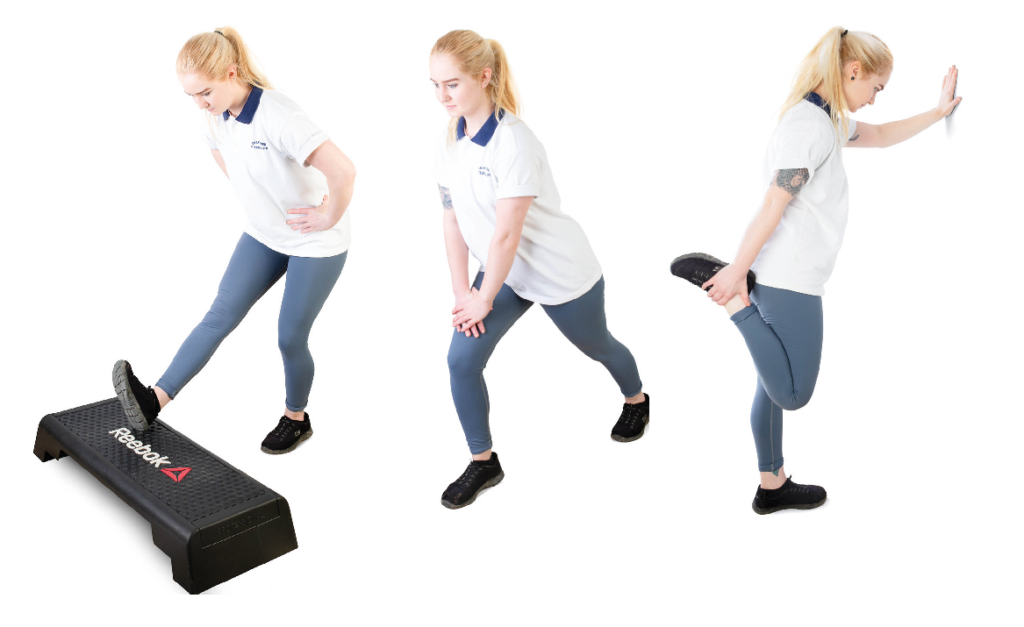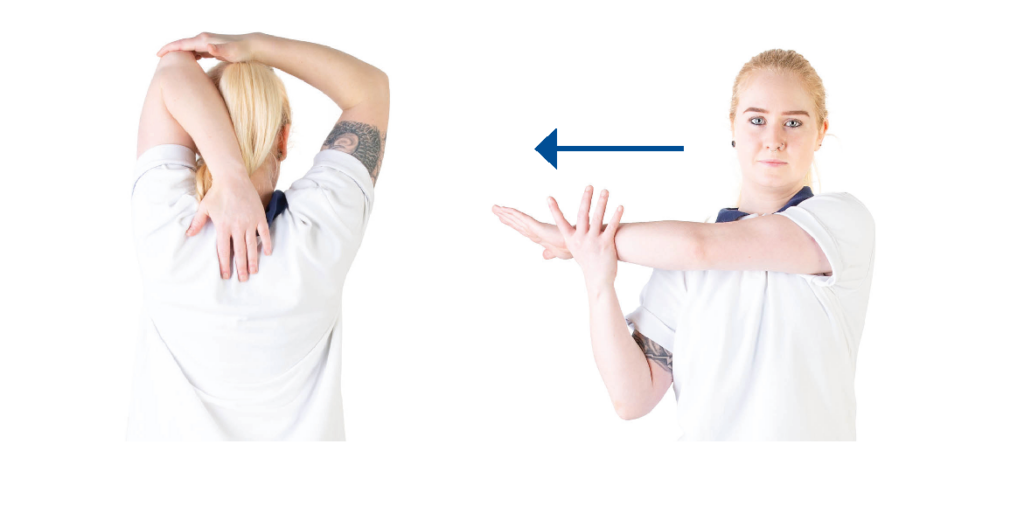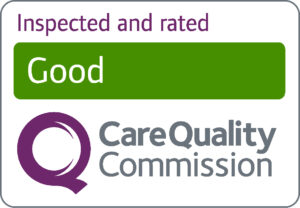When you are exercising it is normal to feel:
• Slightly sweaty.
• Warm or slightly flushed.
• That you are breathing deeper and faster.
• Your heart beating faster.
You should slow down and make the movements smaller if:
• Your breathing is uncomfortable.
• You feel excessively tired or are sweating a lot.
• Your rating of perceived exertion (RPE) identified on the BORG scale is higher than recommended by your cardiac rehabilitation team.
If your RPE does not go down when you have tried to slow down and reduce
the movements for a few minutes, walk on the spot slowly. If you are still feeling short of breath after a couple of minutes, stop and sit down in a supportive chair.
You should also stop, sit down, and not resume the exercise session again if:
• You feel dizzy.
• You feel chest pain.
• Your heart beat becomes irregular.
You can resume exercise tomorrow if the above symptoms have resolved.

